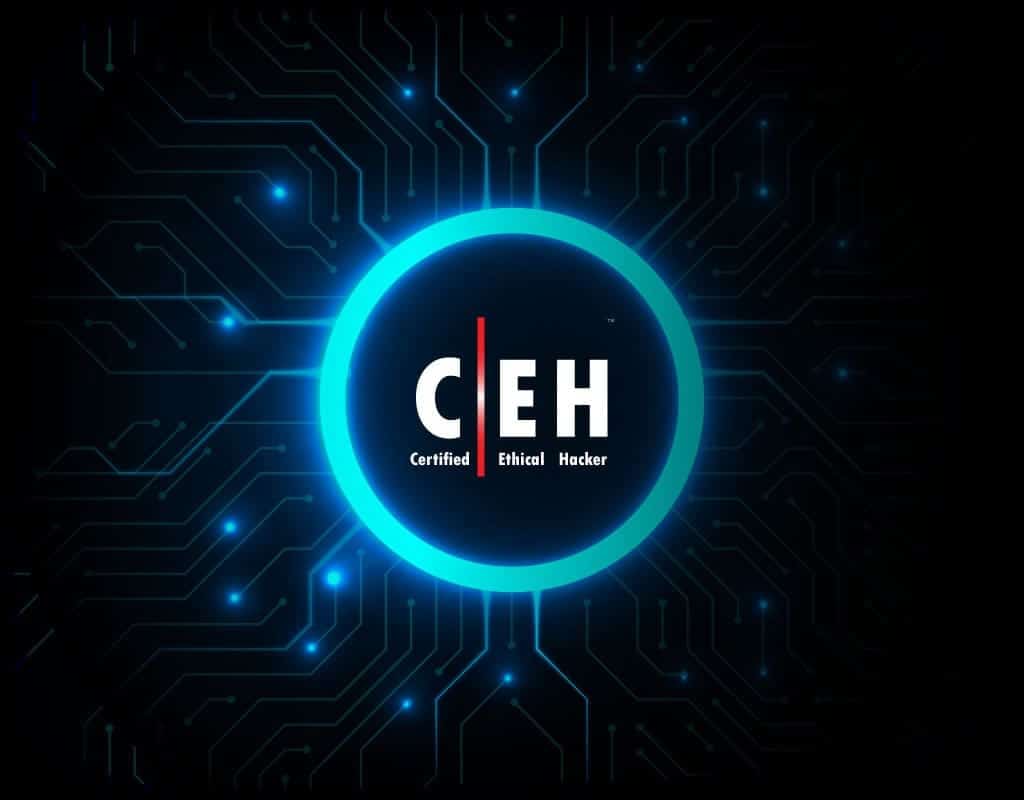Understanding the CEH v13 Exam Structure

Published by Mike McNelis on December 15, 2024
This article delves into the key aspects of the CEH v13 exam, outlining its content, structure, and the essential skills it validates.
The Certified Ethical Hacker (CEH) v13 exam stands as a pivotal certification for cybersecurity professionals, rigorously assessing their ability to identify and mitigate vulnerabilities within systems. It’s not merely a test of theoretical knowledge, but a validation of practical skills, reflecting the dynamic and ever-evolving nature of cybersecurity.
The Current State of AI Productivity Tools
This latest iteration distinguishes itself through the significant integration of artificial intelligence, a critical component in contemporary threat landscapes. The curriculum now encompasses AI-driven attack methodologies and defense strategies, ensuring professionals are adept at handling the complexities of AI-powered cyber threats. Beyond this, CEH v13 places a substantial emphasis on hands-on experience, notably through the “CEH Engage” simulated ethical hacking environment. This practical approach allows candidates to apply their learned concepts in realistic scenarios, solidifying their understanding and enhancing their practical abilities. The exam also addresses the growing prevalence of modern technologies, including cloud computing platforms like AWS, Azure, and GCP, as well as IoT devices and 5G networks, ensuring professionals are prepared for the current and future threat landscape.
CEH v13 Exam Structure and Preparation
CEH v13 Exam Structure and Preparation
The CEH v13 exam is designed to comprehensively assess a candidate’s understanding and application of ethical hacking principles and techniques. It is a multiple-choice examination, consisting of 125 questions, which must be completed within a strict four-hour time limit. This time constraint emphasizes not only knowledge but also the ability to quickly analyze and respond to various security scenarios.
The exam’s content is divided into several domains, each covering a specific area of ethical hacking. These domains are carefully curated to reflect the current cybersecurity landscape, including emerging threats and technologies. Candidates are expected to demonstrate proficiency in areas such as reconnaissance, scanning, enumeration, vulnerability analysis, system hacking, malware analysis, network sniffing, social engineering, denial-of-service attacks, session hijacking, web application and web server hacking, SQL injection, wireless network hacking, mobile platform hacking, IoT and OT hacking, cloud computing, and cryptography.
The questions are designed to test both theoretical knowledge and practical application. They may present real-world scenarios, requiring candidates to identify vulnerabilities, select appropriate tools and techniques, and determine the best course of action. The exam’s difficulty varies, with questions ranging from basic concepts to advanced techniques.
Candidates have the option to take the exam at Pearson VUE testing centers or through online proctoring. Pearson VUE centers provide a controlled testing environment, while online proctoring offers flexibility for those who prefer to take the exam remotely. However, online proctoring comes with specific requirements, including a stable internet connection, a webcam, and a quiet, private environment. The proctor will monitor the candidate throughout the exam to ensure compliance with the rules.
The passing score is determined using a scaled scoring method, which takes into account the difficulty of the questions. This means that the passing percentage may vary depending on the specific exam version. While the exact passing score is not publicly disclosed, aiming for a score around 70% is generally recommended.
Effective time management is crucial during the exam. Candidates should allocate their time wisely, ensuring they have enough time to answer all questions. It’s also advisable to review answers before submitting the exam.
CEH v13: Demonstrating Professional Proficiency
Ultimately, the CEH v13 exam serves as a testament to a professional’s ability to navigate the complex world of cybersecurity. It’s not just about passing a test; it’s about demonstrating the knowledge and skills necessary to defend against modern threats. Staying abreast of the latest cybersecurity trends is vital, as the field is constantly evolving. This certification signifies a commitment to ethical hacking practices and a dedication to safeguarding digital assets in an increasingly interconnected world.
Ready to Learn Ethical Hacking?
Ready to Learn Ethical Hacking? Training Camp offers specialized, accelerated workshops and courses that enable you to quickly acquire the essential skills for the CEH v13 certification. Our expert-led training streamlines the learning process, allowing you to effectively master the techniques and methodologies of ethical hacking.


